There are various gardening secrets that you should know, and one of them is mulch. It is not as fancy as you may think, but it is very powerful and can be the change in your garden. It does not matter if you are planning a vegetable or a flower garden; mulch will help you in any circumstances.
Mulch: What’s the Point?

What are the advantages of mulch in the landscape?
Weeds are suppressed, and weeds that do develop are easy to pull.
It reduces water evaporation from the soil, allowing you to water less frequently.
It protects the soil from temperature extremes. This preserves shallow-rooted plants and coddled crops when summer heats up in frigid climates.
During downpours, it prevents soil compaction. Happy, healthy plant roots grow in loose, uncompacted soil.
It helps to decrease soil erosion by slowing stormwater discharge. Because there is less drainage, the planting beds can absorb more rain.
It inhibits disease outbreaks by preventing disease organisms from splashing from soil to plant leaves.
It elevates even the most basic landscape design by giving planting beds a polished appearance.
Types Of Mulch
Mulch can be classified into two categories: organic and inorganic.
Shredded bark, pine straw, compost, and grass clippings are examples of organic materials. Over time, these materials decompose, providing organic matter to the soil and enhancing its quality. Among the organic materials are:
Bark nuggets are larger and take longer to disintegrate. A frequent choice is shredded bark (hardwood or pine bark). Buy in bulk from local sources or buy by the bag at home stores or nurseries.
In many circumstances, pine straw or wheat straw are simple alternatives. Wheat straw, not hay, is especially beneficial in vegetable beds because it includes seeds that will sprout in your well-kept soil. For added weed control, put it over a layer of newspapers.
You can also use grass clippings or shredded leaves if you have trees in the yard. It is available and free to use.
Inorganic mulches include stone, weed cloth, rubber, and geotextile mats. These are less eco-friendly and less effective than organic mulches, which are beneficial to the garden in various ways. Organic mulches decay more quickly than inorganic mulches.
Mulch Products to Avoid (For the Most Part)
Stones, gravel, and volcanic rock do not need to be replaced every year, but they do not enrich the soil because they do not decompose. Also, keep in mind that stones can store heat, potentially raising the soil’s temperature beyond what the plants’ roots can tolerate. They might be a wonderful addition to a cactus garden.
You can also use rubber mulch that is made of tires. It is a good mulch and is a good way to recycle old tires, but they do not add any nutrition to the soil. It is a good option if you want to use something under your children’s play area.
How To Mulch
Don’t think that mulching is only spreading your mulch everywhere, and that’s it. You need to do it efficiently to not waste your mulch.
Thickness
The thickness of your mulch will depend on your soil type. For example, if you have slow-draining soil, you should use a thin layer of mulch. Using a thick layer of mulch on fast-draining soil may lead to diseases and pests.
Placement
Extend mulch beyond the plant’s drip line — the point where the outermost edge of leaves occurs. To prevent rot, pull mulch back 2 to 4 inches from perennial crowns, shrub stems, and tree trunks.
Water
It is important to water your mulch when you are done applying. It will prevent the dry mulch from absorbing soil moisture which won’t go toward the roots.

What To Mulch
Mulch is the best thing you can do to your garden, especially during summer. It will allow your garden bed to keep its moisture and help keep ‘weeds’ away. There is a general rule when it comes to mulch – one to three inches of mulch spread over the soil, but there are different kinds of rules when it comes to different kinds of plants;
Perennials and Annuals: You will need a two-inch layer of mulch for the growing season.
Roses: Our garden beauty needs a lot of moisture, so think about adding a thick layer of mulch- between three to four inches -should be okay.
Vegetables: You should apply a layer of mulch, preferably pine straw, wheat straw, or grass clippings, to discourage the unwanted weeds that compete with your product for water and nutrients.
Different plants will have different needs, so you should be careful and research them before proceeding. Mulch is a good thing, but it depends on how you apply it.
When To Mulch
You can apply mulch almost every season. During winter, it will protect your plants from overwintering, and during summer, it will protect them against the summer heat.
If you choose organic mulch, it will degrade during the season – note that mulch degrades faster during summer, so you will have to re-apply mulch in between each season.
Mulch is an important aspect of gardening and can help you attain the best garden ever if done right. I will invite you to read more on the subject and get the most out of our blogs. Let us know in the comments if you want us to have more articles on mulch…
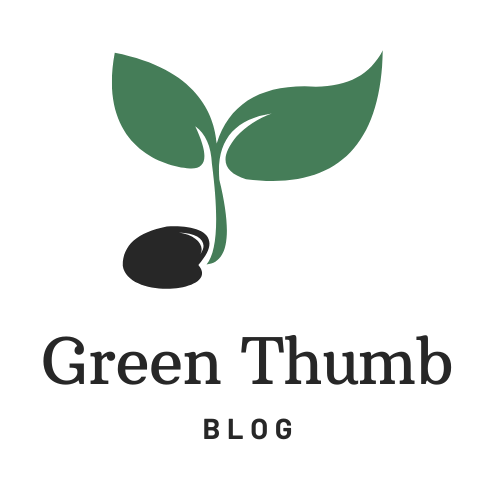
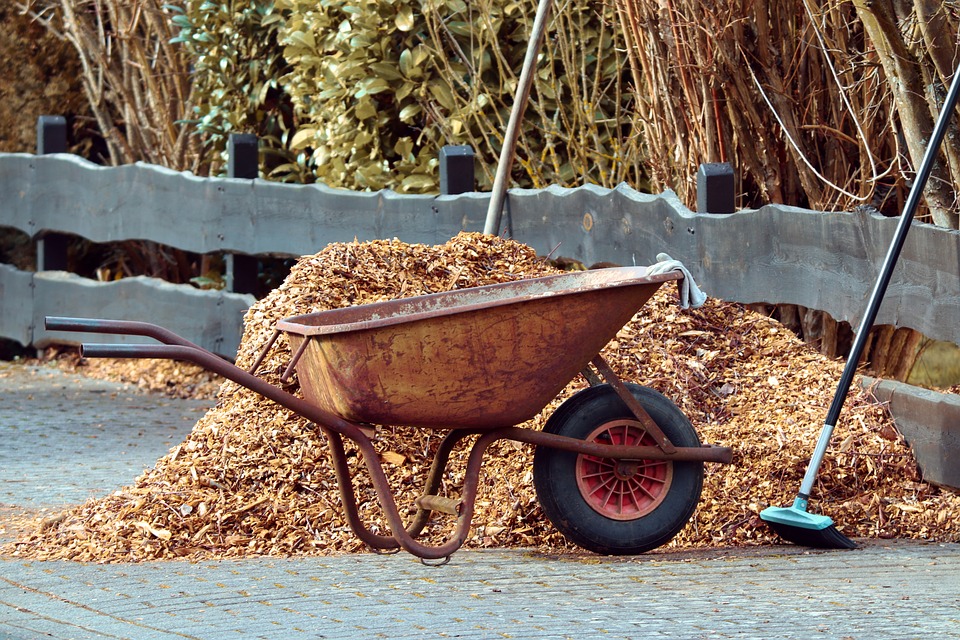
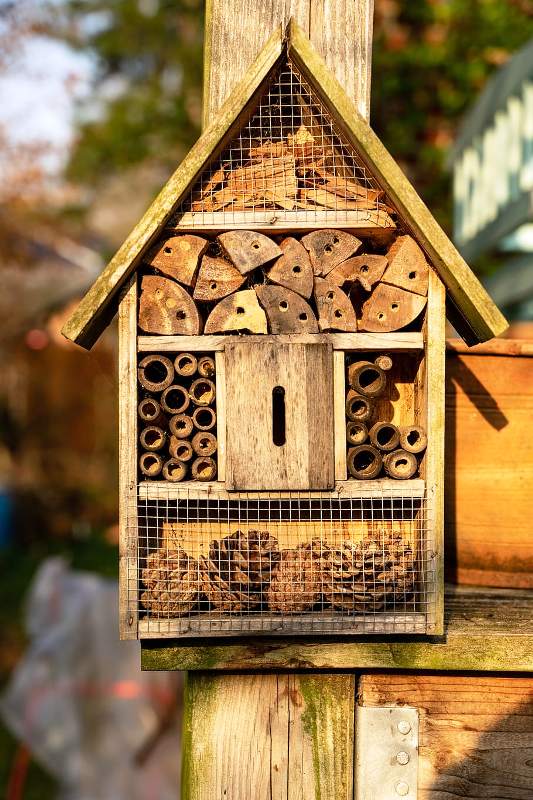
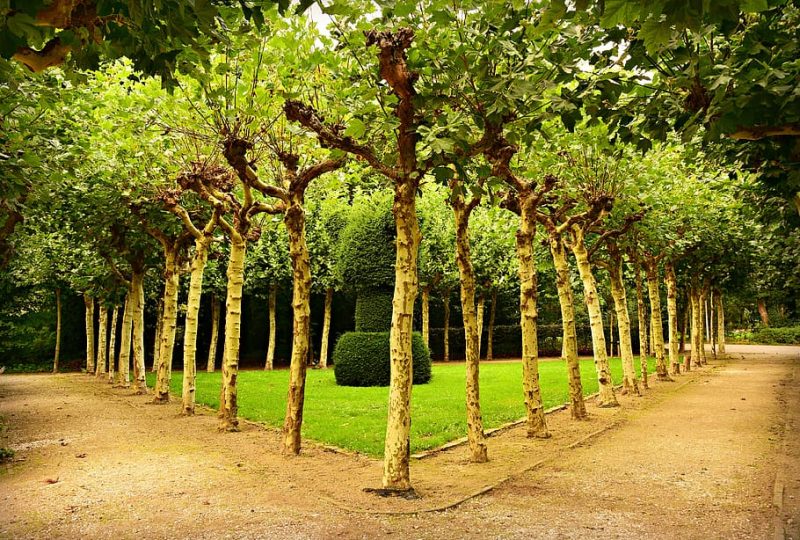
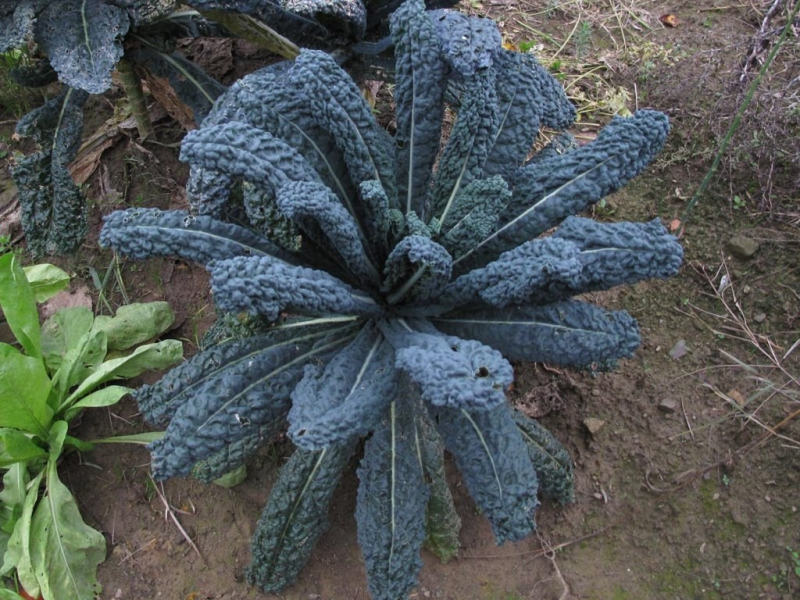
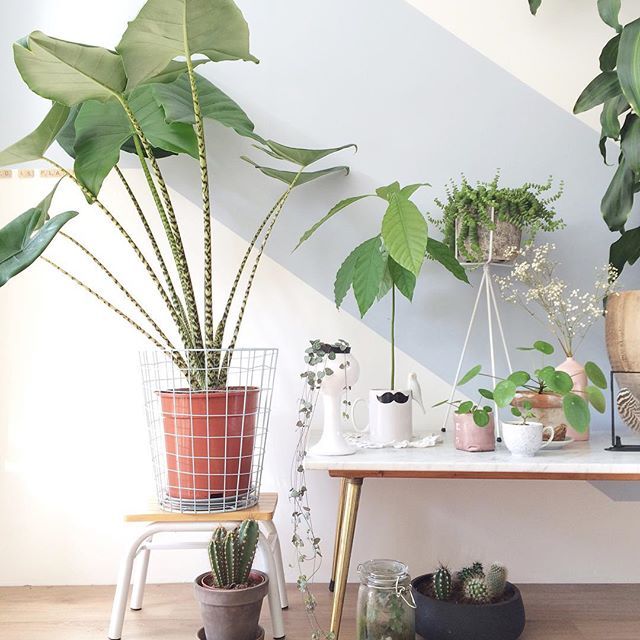
2 Comments
[…] mistakes during mulching can prevent your soil from obtaining benefits, including moisture conservation, weed suppression, […]
[…] make sure you uproot them so they do not re-sprout. If your weeds are stubborn I would recommend mulching and once you are done getting rid of the weed, incorporate 4-inch thick […]